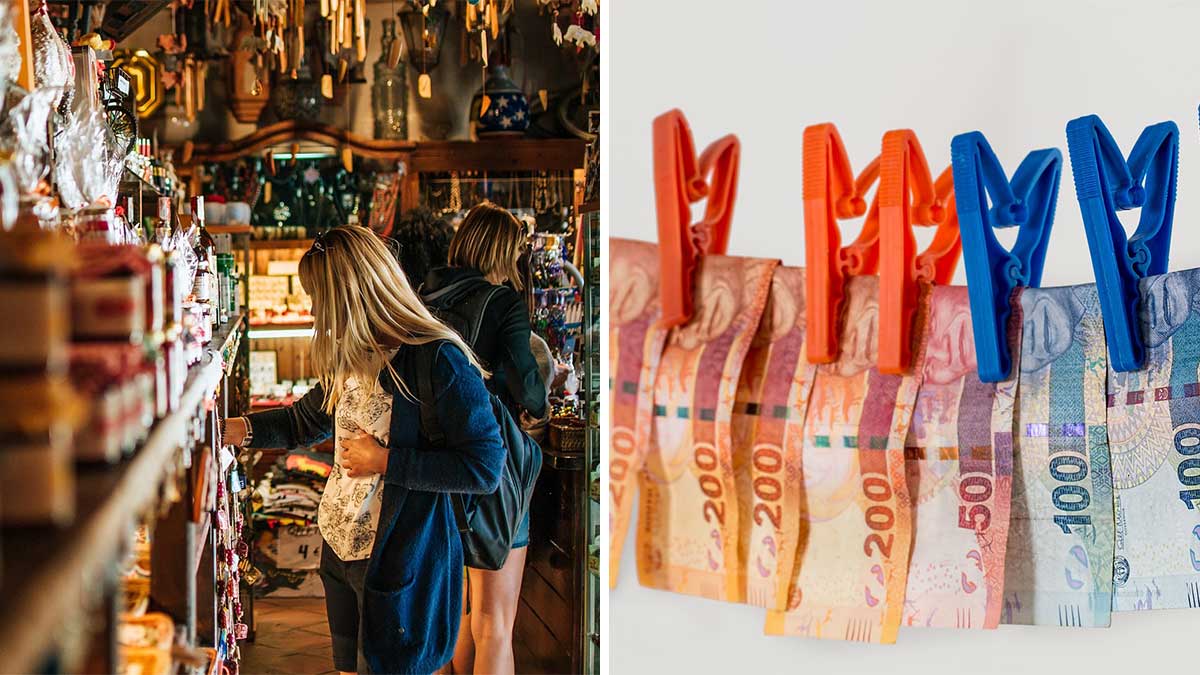Travelers holidaying in Spain are warning of a new travel scam that could have been avoided.
Spanish police have advised tourists to check the change they are given when they pay on the streets.
“Focus” is obtained due to the similarity of the two coins – the euro and the Turkish lira. Vacationers are given Turkish lira for change, not euros.
In particular, the two euro coins and the 1 lira coin are very similar and the same size.
On the Turkish coin, the first president of Turkey, Mustafa Kemal Atatürk, is depicted on one side, and the number 1 on the other.
The two euro coin has different symbols such as King Felipe or the Cathedral in Santiago de Compostela with the number 2 on the reverse side.
Both coins are bi-colored and are hard to tell apart at first glance without looking closely. But there is still a difference. 2 Euros are gold in the middle and silver on the outside, and 1 lira is the other way around. Yes, and their value is different: the Turkish lira costs only about 0.052 euros. This is because the Turkish lira has fallen sharply in value against the euro this year.
Another Spanish scam targeting tourists is the “bird droppings” stunt.
The scammers douse tourists with a liquid that looks like a bird’s flight, accidentally notice it, and offer the tourists help cleaning their clothes. Then sleight of hand comes into play, and goodbye to the master’s wallets, bank cards, and phones.
Rogues are also found in other countries. In Florence, Italy, street “artists” have mastered laying out paintings directly on the pavement in crowded tourist areas with heavy foot traffic.
When a tourist inadvertently steps on a “work of art” because he was looking up at the beautiful buildings, and not at his feet, he will immediately be required to compensate. The price of the issue can reach up to 300 euros!
The recommendation, in this case, is simple: in no case do not pay, but insist that the matter be settled in the presence of a policeman.

